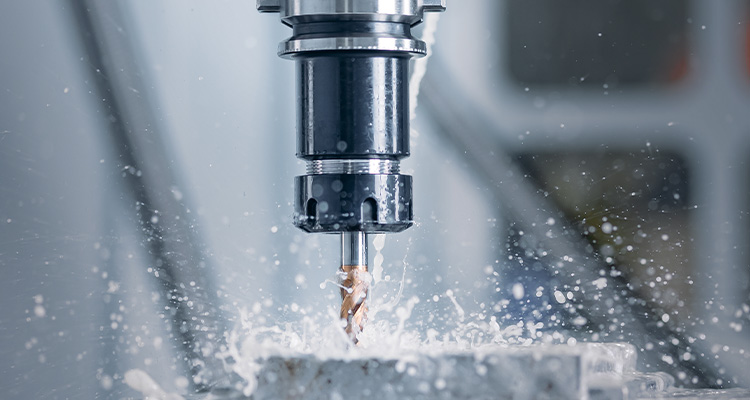In today’s rapidly advancing technological world, the concept of energy efficient circuit design has become essential. From portable devices to large-scale industrial machines, the need to reduce power consumption while maintaining performance is paramount. This article will guide you on the importance and implementation of these designs, especially for those in the exporting and importing sectors.
Designing circuits that consume less energy not only helps in reducing costs but also supports global efforts towards sustainable development. Efficient circuit design ensures that electronic devices operate optimally without wasting precious resources.

The Importance of Energy Efficient Circuit Design
The importance of energy efficient circuit design cannot be overstated. It empowers industries to create products that have a minimal environmental footprint and aligns with environmentally conscious markets. As businesses strive to meet global standards, the integration of such designs into products becomes a crucial competitive advantage.
Benefits for Exporters and Importers
Exporters and importers stand to gain significantly from incorporating energy efficient circuits in their products. By reducing energy demands, products become more appealing to international markets that prioritize sustainability. Compliance with eco-friendly regulations can enhance a companys reputation, facilitating easier access to new markets.
Key Strategies in Designing Energy Efficient Circuits
To achieve energy efficiency, designers must consider several strategies. These include using low-power components, optimizing circuit layout, and employing advanced materials. Each strategy plays a pivotal role in minimizing power consumption while maintaining device functionality.
Use of Low-Power Components
One primary strategy involves the use of components that inherently consume less power. Choosing suitable transistors, resistors, and capacitors can significantly cut down on energy usage. For more information, you can learn about ceramic capacitors which are highly efficient.
Optimizing Circuit Layout
An efficient circuit layout minimizes power loss through reduced resistive paths. An optimized layout ensures that all components work in harmony, reducing unnecessary energy dissipation. Understanding the lean manufacturing principles applied to circuit design is beneficial here.
Enhancing Materials and Techniques
The use of advanced materials and techniques is another avenue for achieving greater energy efficiency. Innovative barrier coatings and substrate materials can reduce electrical losses significantly.
Implementing Energy Efficient Design in Products
Implementing these designs within products involves extensive research and development. The R&D phase should focus on prototyping and testing various configurations to identify the optimal design. Companies can benefit from reading more about efficient electronics R&D processes.
Prototyping for Efficient Circuit Design
Prototyping is a critical phase in developing energy-efficient electronics. It allows designers to test assumptions and optimize designs before mass production. For insights into prototyping, visit this guide.
Overcoming Challenges in Energy Efficient Circuit Design
Designers face several challenges in implementing energy efficient circuits. These include balancing performance with energy use, integrating new technologies, and meeting regulatory standards. However, addressing these challenges can lead to innovative solutions that benefit both manufacturers and consumers.
Balancing Performance with Energy Use
One of the primary challenges is balancing the trade-off between performance and energy consumption. Striking the right balance requires careful selection and integration of components. Practical insights can be gained from exploring carbon footprint reduction methods in electronics.
Navigating Regulatory Standards
Compliance with international regulatory standards is crucial for global market acceptance. Manufacturers must stay informed and adapt their designs to meet these standards, ensuring their products are viable worldwide.
The Future of Energy Efficient Circuit Design
The future of energy efficient circuit design is bright, driven by advances in technology and materials science. As the demand for energy-conscious products grows, there will be continuous innovations paving the way for more efficient designs across all sectors.
Technological Advancements
Rapid advances in technology will offer more opportunities to improve energy efficiency. These include innovations in semiconductor technology, nanomaterials, and smart systems that optimize energy usage autonomously.
Growing Market Demand
Market demand for energy-efficient products is increasing. Consumers and industries alike are more aware of their environmental impact, driving demand for products that offer sustainability without compromising quality or performance.

FAQ Section
What is energy efficient circuit design?
Energy efficient circuit design refers to creating electronic circuits that consume less power while maintaining functionality. It is crucial for reducing operational costs and supporting environmental sustainability.
Why is energy efficiency important in electronics?
Energy efficiency in electronics helps in reducing the environmental footprint, lowering energy costs, and complying with global sustainability standards, all of which enhance a companys marketability.
How can businesses benefit from energy efficient designs?
Businesses can benefit from energy efficient designs by gaining access to international markets, reducing production costs, and improving their brand image by aligning with global environmental standards.


